Guillaume Taslé d’Héliand
Guillaume Taslé d'Héliand charts the development of his evolving collectible design fair, and discusses the emergence of Lebanese design.
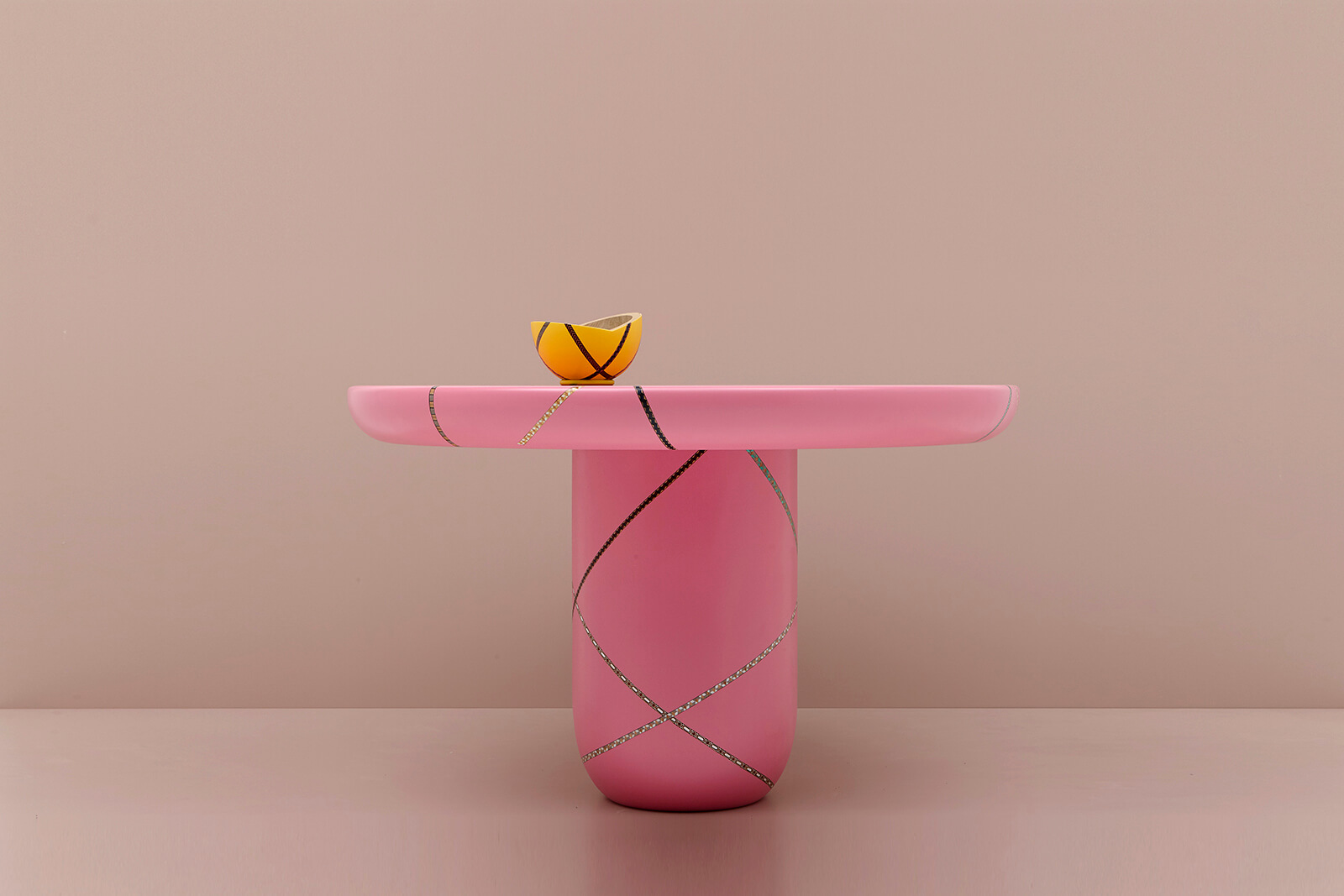
Nada Debs, ‘Table’, 2019
COURTESY: Studio Nada Nebs, Beirut
A FORMER JOURNALIST, publisher and trade show organiser for the Reed Elsevier Group, Guillaume Taslé d’Héliand developed a passion for design when his wife Laure d’Hauteville founded Beirut Art Fair. Beirut Art Fair included design in its early editions, but after the decision was taken to showcase solely art, Héliand decided to launch a separate fair. In 2017, the Beirut Design Fair kicked off with 45 exhibitors, increasing to 58 last year, then dipping to 46 this year.
For Beirut Design Fair’s third edition and Beirut Art Fair’s tenth anniversary, the two joined forces for the first time and were held at the Seaside Arena from 19th-22nd September 2019. In spite of Lebanon’s dismal economic situation, Héliand sounded upbeat in our interview about the fair’s development.
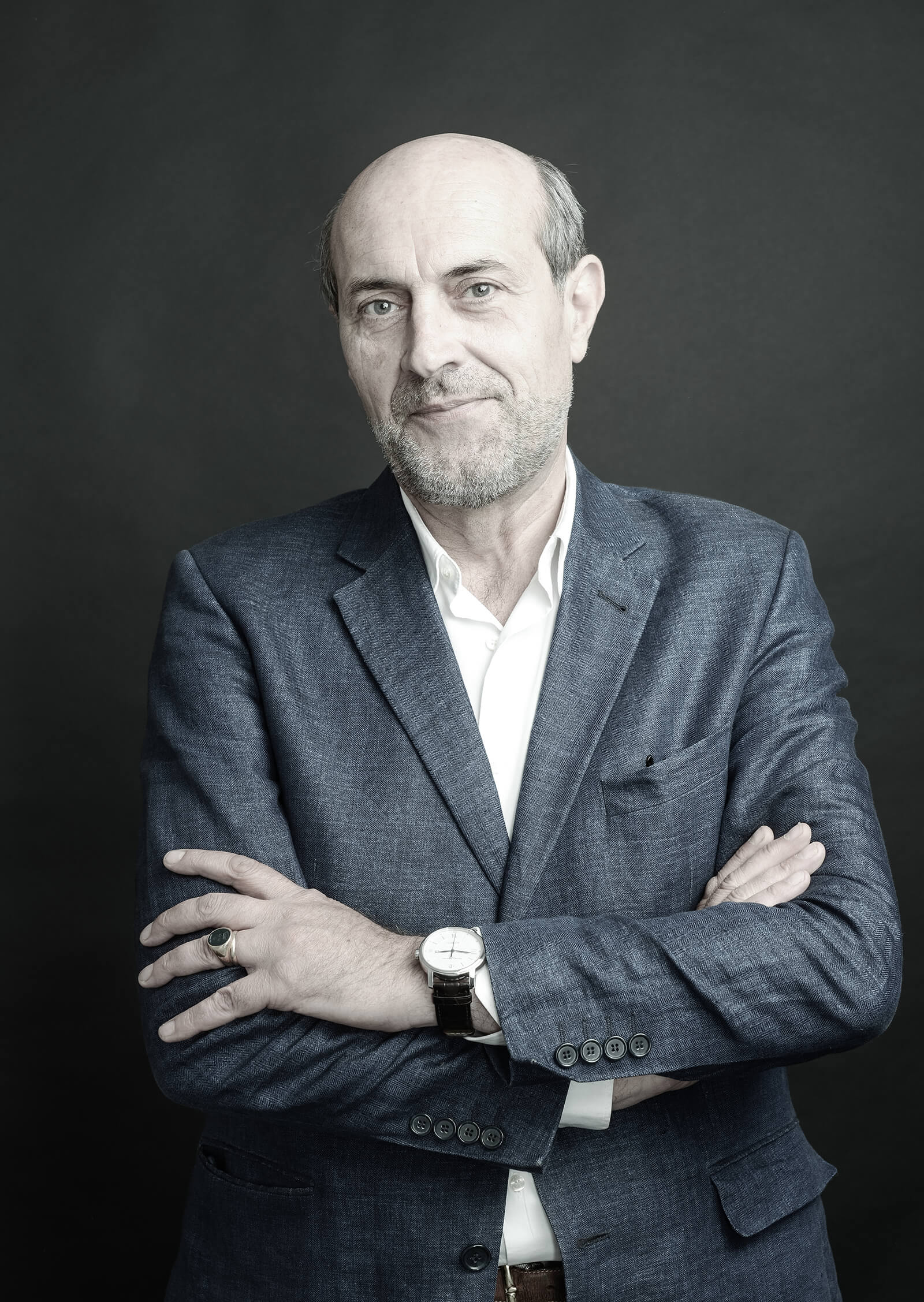
Guillaume Taslé d’Héliand
COURTESY: Beirut Design Fair / PHOTOGRAPH: © Irène de Rosen
What motivated you to launch Beirut Design Fair three years ago?
Back then, there were two initiatives in Beirut that supported design: the House of Today design biennale and Beirut Design Week. Some design pieces had been exhibited in Beirut Art Fair, but looked lost among all the artworks. When Laure d’Hauteville decided to focus the fair exclusively on art, the designers that I knew came and asked me: “Where are we going to exhibit now?” So I carried out a market survey in Lebanon, Jordan, United Arab Emirates and Syria. I met 100 Lebanese designers, as well as 20 designers in Dubai (some of whom were Lebanese), and asked them what kind of fair and visibility they needed. At the first edition, collectors saw there was more on offer than they thought, designers saw there was a marketplace for their work, and the galleries adjusted their prices accordingly.
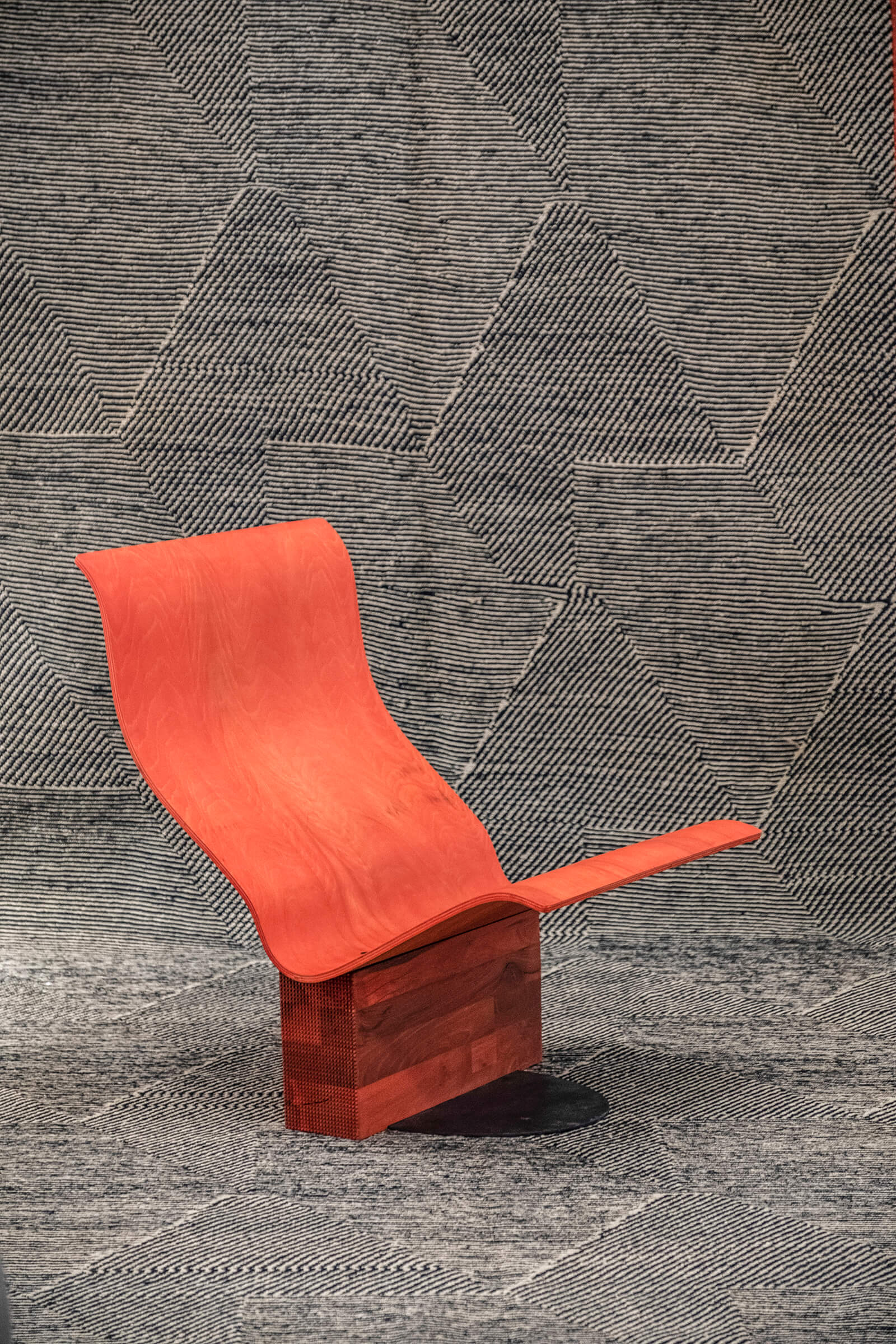
Mohegh, ‘Against the Wind’, lounge chair, 2019
COURTESY: Neshiman, Shiraz, Iran
For the third edition, you teamed up with the tenth anniversary of Beirut Art Fair. How did it go?
All of our visitors were happy as this enabled them to see the worlds of art and design side by side. The third edition of a fair is often hard and this challenge was compounded by the difficult economic situation in Lebanon. As we had no sponsor, we were obliged to make people pay an entrance fee for the first time. We were expecting fewer visitors and were pleasantly surprised to see an immense crowd and people booking tickets online to avoid queuing.
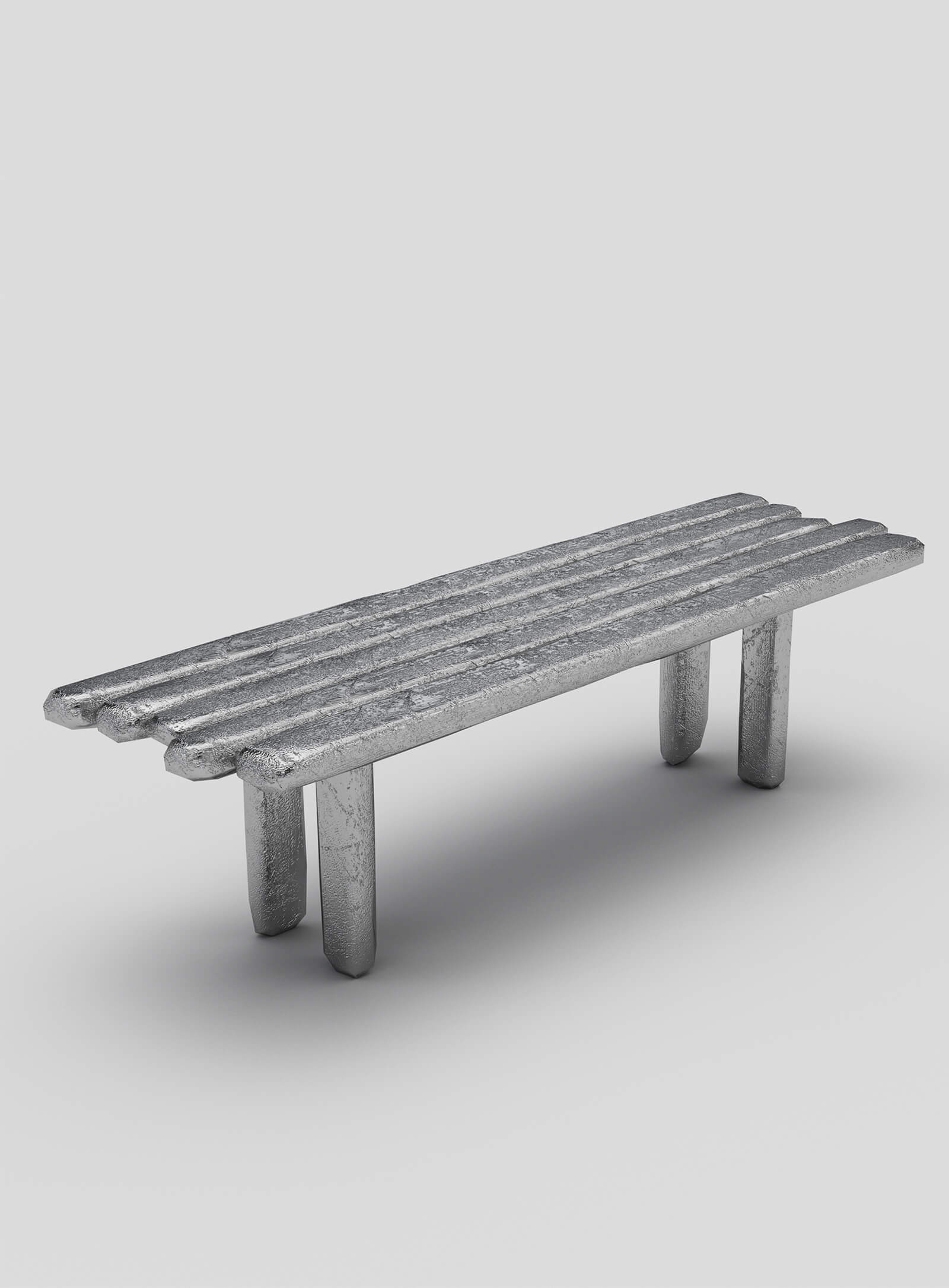
Samer Bou Rjeily, ‘Table’, 2019
COURTESY: Samer Bou Rjeily, Beirut
How has the fair evolved and what stood out at this edition?
We included several jewellery exhibitors for the first time, along with five exhibitors from Belgium. The jury was unanimous about the Ivorian designer Jean-Servais Somian, represented by Galerie Véronique Rieffel from France and Ivory Coast, winning the best object award for his beautiful ‘Wooden Coconut Mobile Bar’. An Iranian gallery, Neshiman, won the initiative award in recognition of its founder Mohammad Hossein Ghaderi’s entrepreneurship. The talent award went to the Lebanese designer Samer Bou Rjeily for his ‘Versus’ furniture collection, and Galerie XXème Siècle in Beirut won a special mention for its exceptional collection of lighting.
Rawad Rizk, a Lebanese architect, created two structures in the middle of the fair: one evoking Roman remains and 18th and 19th-century Italian arcades and another with modern towers. It was asking visitors a question: What kind of Beirut do you want to create for tomorrow: a historical city or one that resembles Dubai?
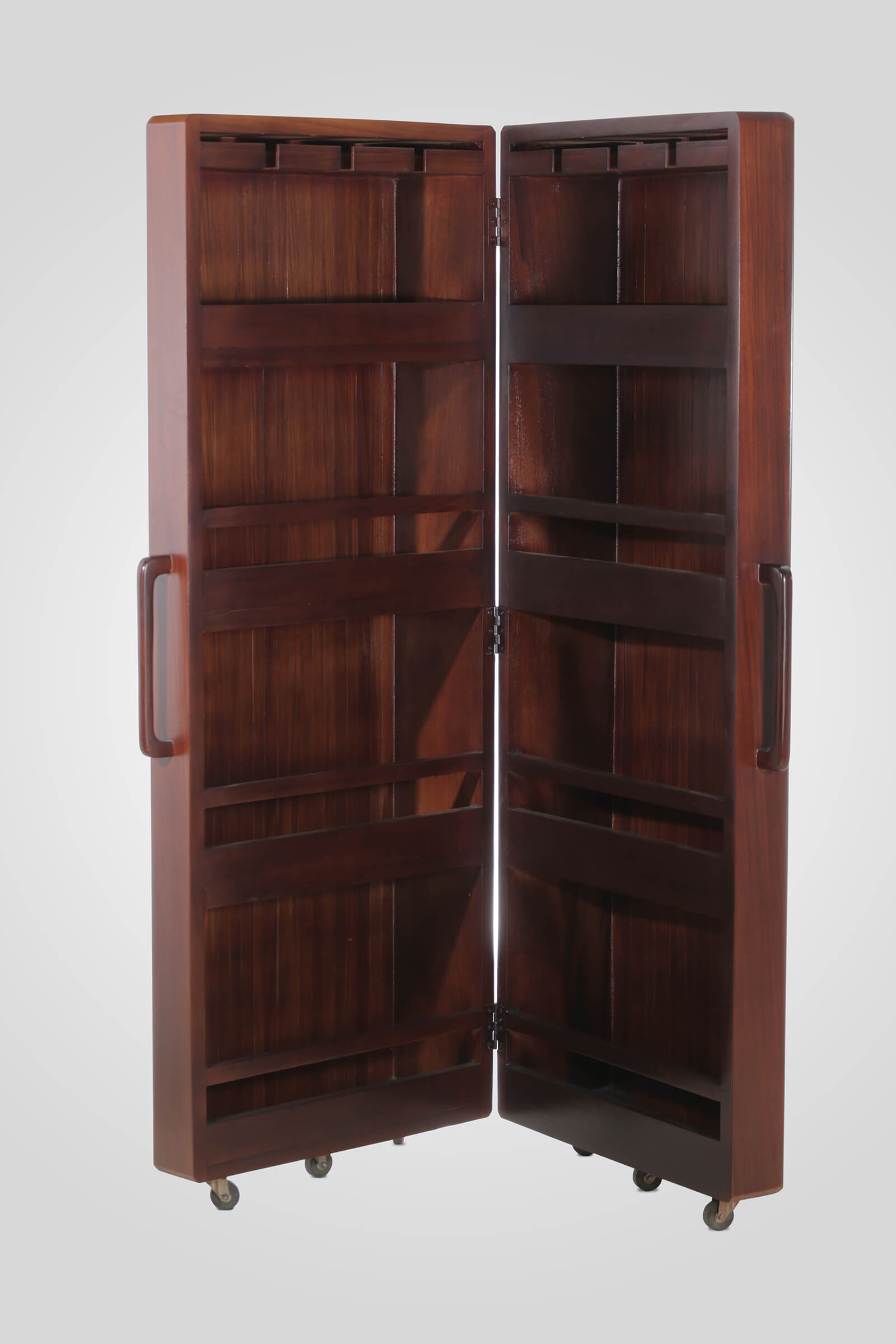
Jean-Servais Somian, ‘Wooden Coconut Mobile Bar’, 2019
COURTESY: Galerie Véronique Rieffel, France and Ivory Coast
“Most Lebanese people have a designer’s mindset because of Lebanon’s history of being invaded and occupied …”
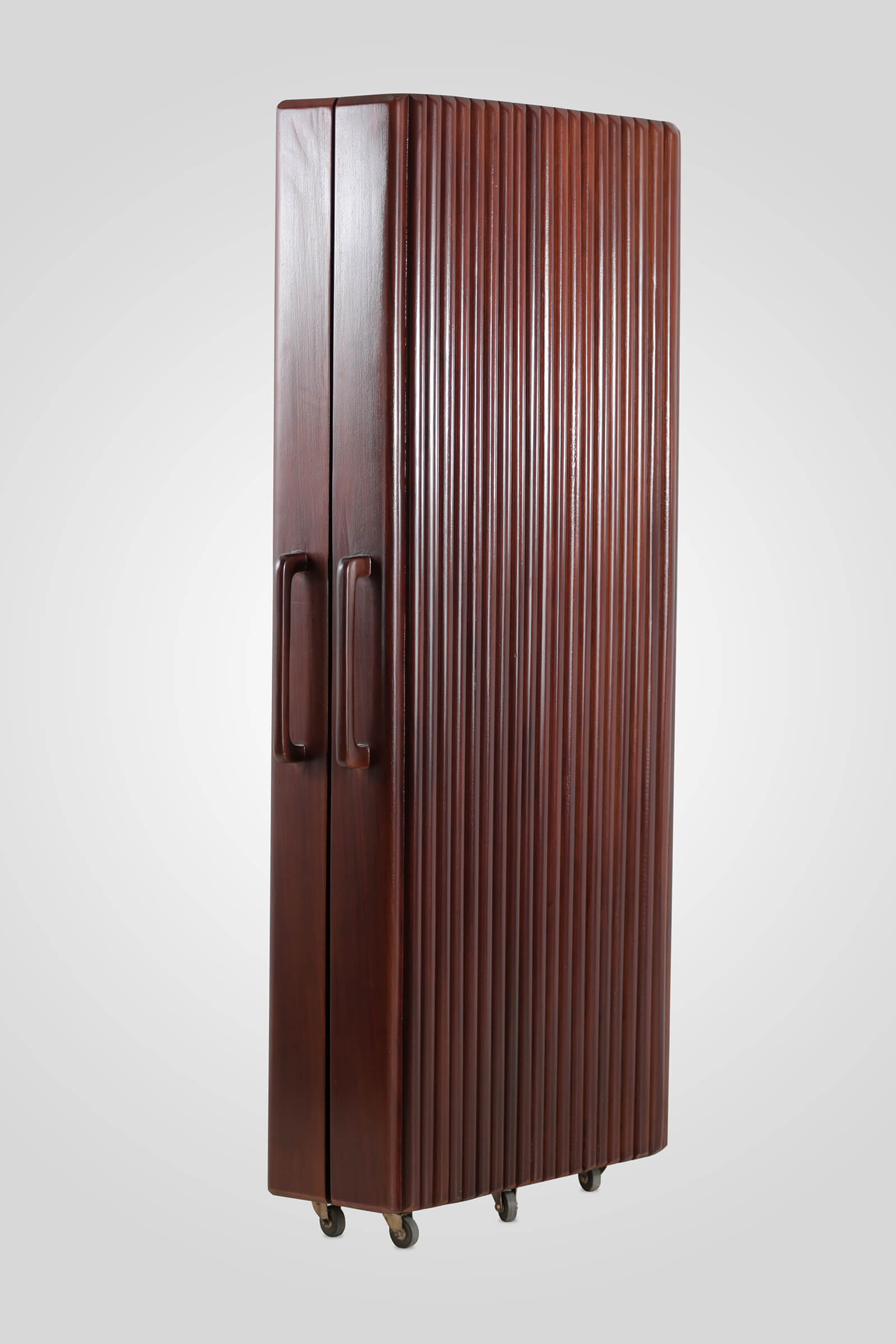
Jean-Servais Somain, ‘Wooden Coconut Mobile Bar’, 2019
COURTESY: Galerie Véronique Rieffel, France and Ivory Coast
“ … Its inhabitants have come up with economic, innovative and intelligent solutions to their problems – skills that are essential to design”
When did Lebanese design emerge and what are its distinguishing characteristics?
Lebanese design first became known in the 2000s thanks to Karen Chekerdjian (who studied and worked in Milan for several years before returning to Lebanon to set up her studio); Nada Debs (who grew up in Japan and studied [at Rhode Island School of Design] in the US); and Bokja [a studio founded by Hoda Baroudi and Maria Hibri]. They all helped create the identity of Lebanese design and how it uses a mix of materials, such as stone, marble, minerals, wood, glass, metals and leather. Since then, younger designers have come along such as David/Nicolas [David Raffoul and Nicolas Moussallem, represented by Carpenters Workshop Gallery].
Most Lebanese people have a designer’s mindset because of Lebanon’s history of being invaded and occupied by foreigners, such as the Ottoman Empire, France and Israel. Its inhabitants have been forced to come up with economic, innovative, intelligent and practical solutions to their problems – skills that are essential to design.
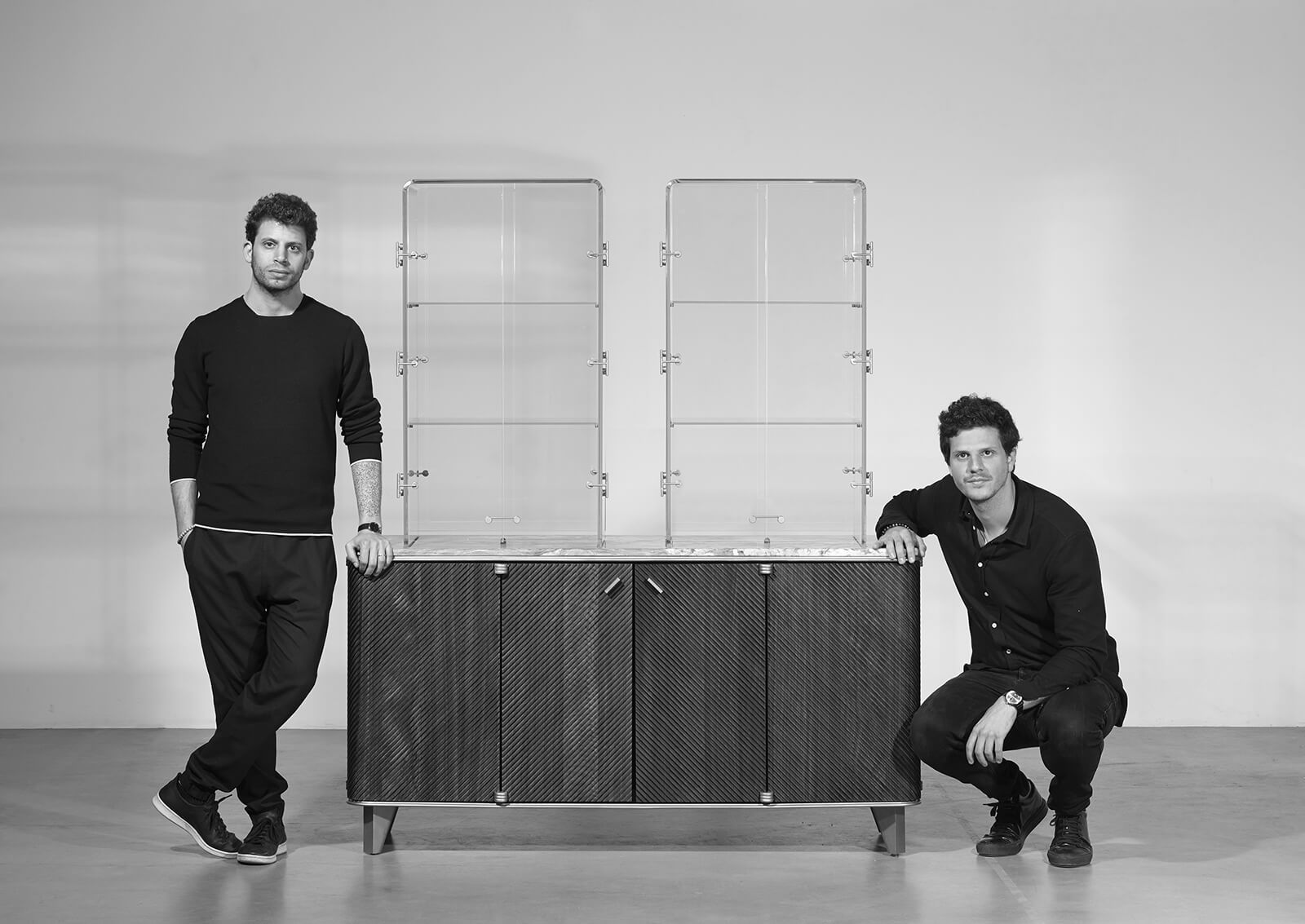
David Raffoul and Nicolas Moussallem, with ‘Monocle M030’ bar cabinet, 2018
COURTESY: Carpenters Workshop Gallery
How does the fair highlight the relationship between Lebanese design and craftsmanship?
Last year, we organised a workshop to revive wood craftsmanship in Tripoli, the north of Lebanon. Our idea was to get wood carvers and young Lebanese designers to collaborate on contemporary creations and make elegant, modern, innovative objects. This year, we invited an association of glassblowers from the south of Lebanon who made glass-blown objects in front of visitors.
We want to help the livelihoods of craftspeople and encourage Lebanese designers to work with them, not just the craftspeople in Italy or Portugal. Next year, we hope to gain free media advertising to show portraits of Lebanese designers with the slogan ‘Made in Lebanon’ to highlight the richness of Lebanon’s creativity and savoir-faire.
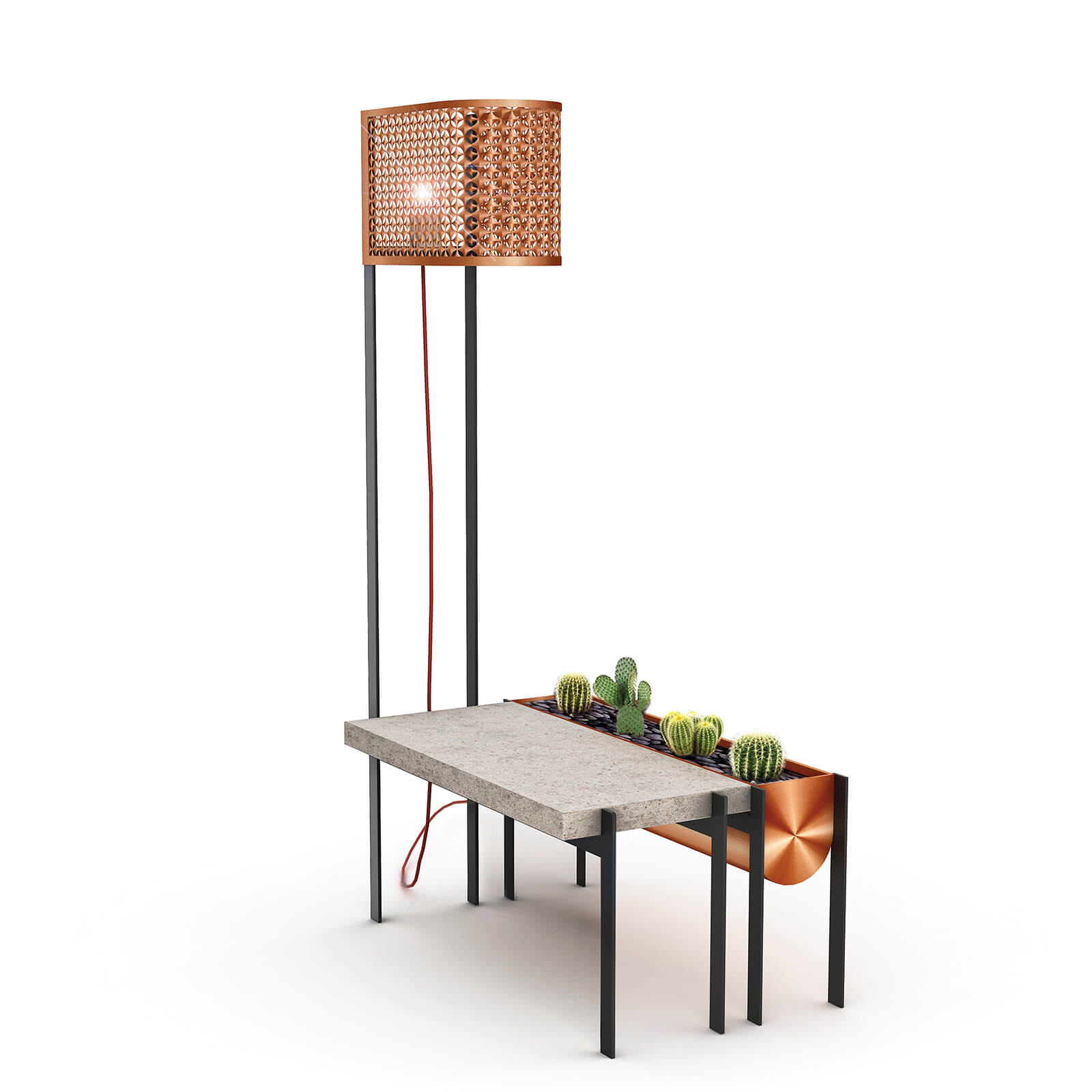
George Geara, ‘Table and Lamp’, 2019
COURTESY: George Geara, Beirut
What is the local market for collecting design like? And how is the fair helping Lebanese designers become better known internationally?
As Lebanon is a small country where most people have limited purchasing power, the designers need to become known abroad in order for Lebanese collectors to feel reassured about making acquisitions. So it’s important that some designers have exhibited at DesignMiami/ Basel, which has boosted their profile.
In September 2018, Maison&Objet, the Paris interiors fair, dedicated its Rising Talents Award to six Lebanese designers: Studio Caramel, Paola Sakr, Carla Baz, Anastasia Nysten, Marc Dibeh and Carlo Massoud. Galerie S. Bensimon in Paris, which has since closed, organised an exhibition featuring 20 Lebanese designers. These events also raised the reputation of Lebanese design.
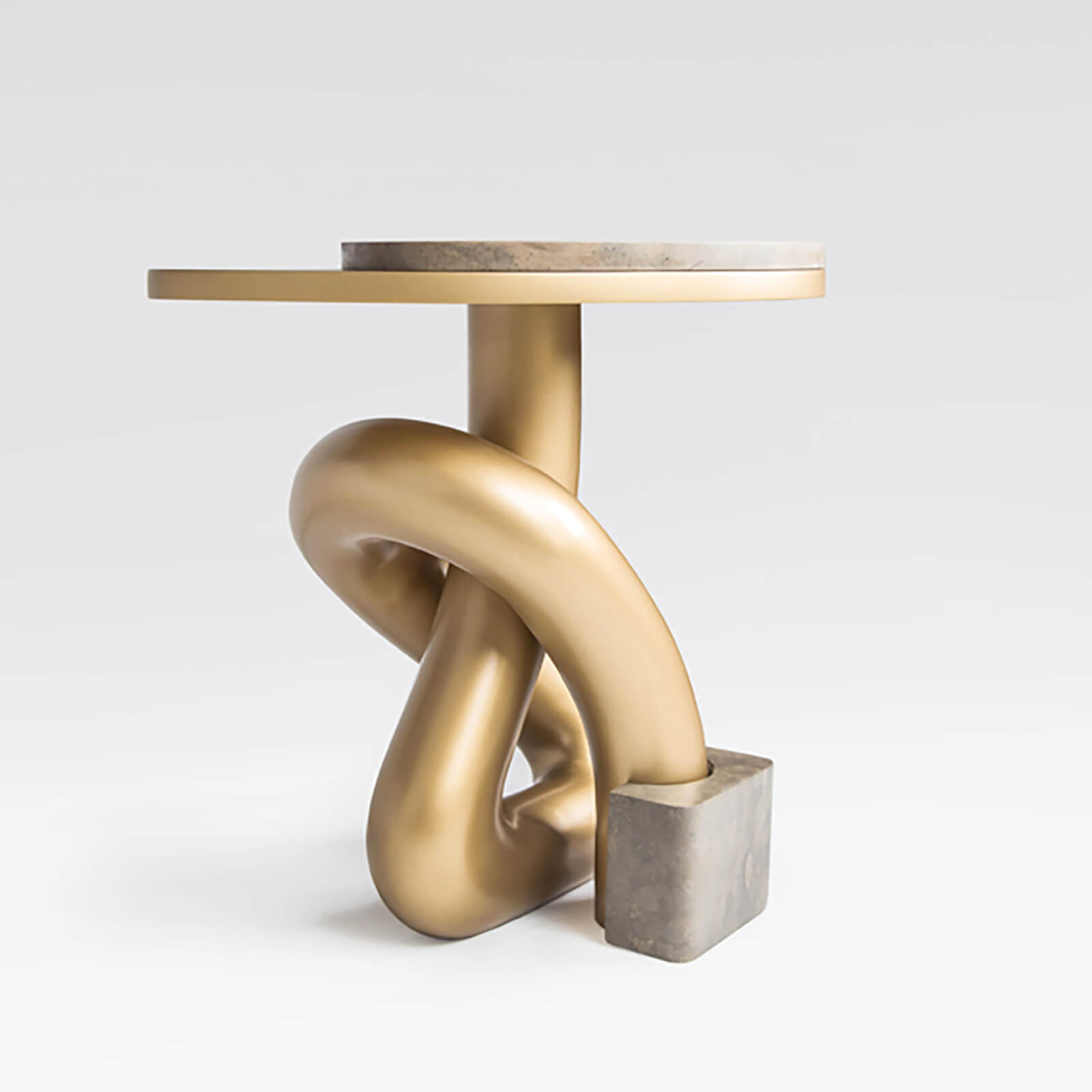
Offgrid, ‘Table; 2019
COURTESY: Offgrid interior design studio, Beirut
What can you tell us about design education in Lebanon?
Beirut’s Académie Libanaise des Beaux-Arts (ALBA) is the only place that delivers a diploma in product design. Lebanese American University offers urban design as part of its architecture course. Most courses have tuition fees and there’s no government funding, which is another reason why it’s difficult for Lebanese designers to come out from the shadows.
What are your plans for next year’s edition?
I’m going to Amman Design Week in Jordan, 4th-12th October 2019, to meet Jordanian designers and invite some of them to come and participate. We also aim to increase the number of foreign exhibitors from Europe and the Middle East whilst maintaining a majority of Lebanese and regional exhibitors.
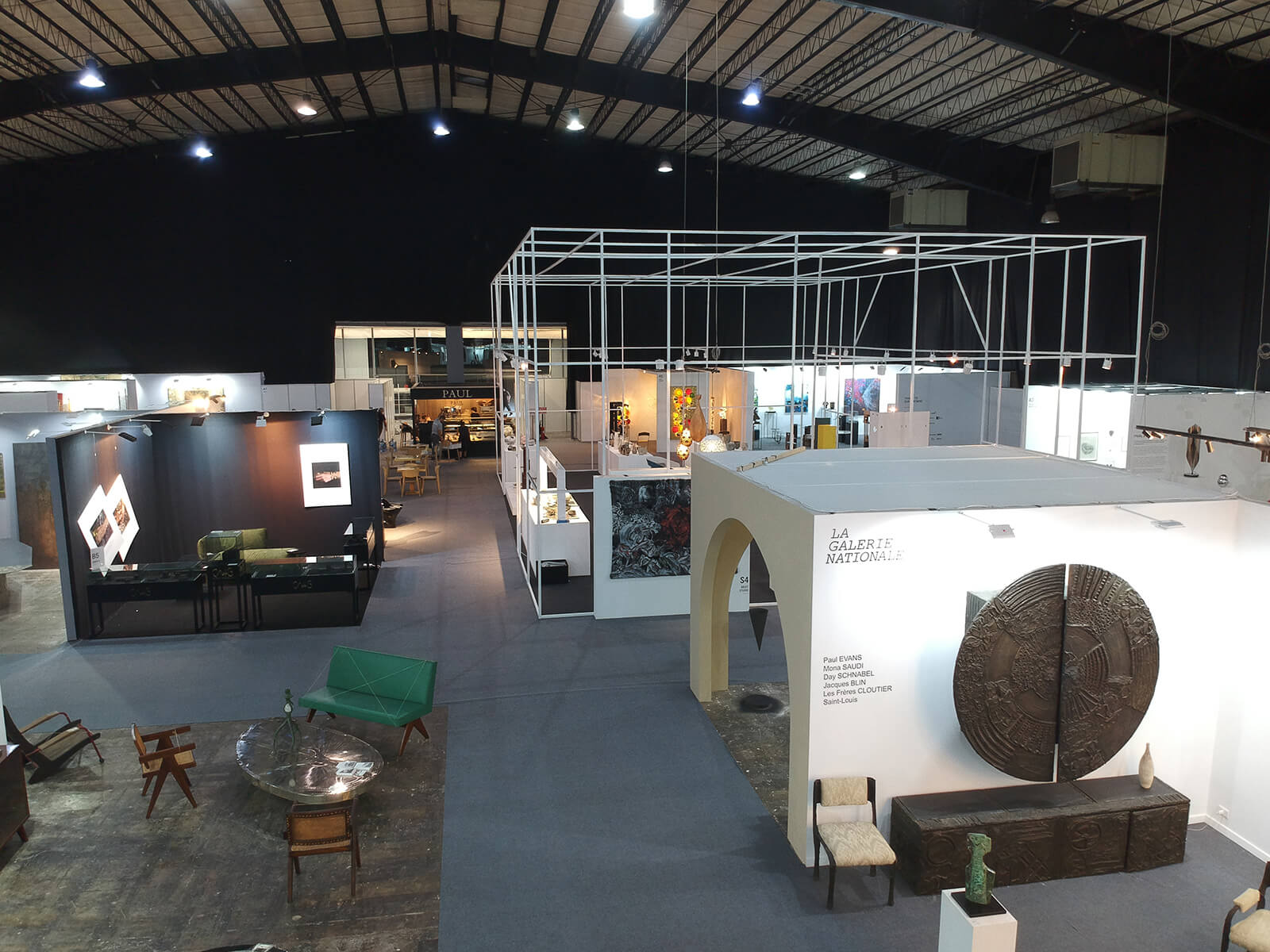
Installation view, Beirut Design Fair
COURTESY: Beirut Design Fair
Beirut Design Fair (BDF) – is dedicated to collectible and limited edition contemporary and modern furniture and design objects.
XXe Siècle Gallery – founded in 2002 by design enthusiasts Souheil and Hala Hanna, specialises in mid-century decorative arts.
Amman Design Week – an immersive experience in local and regional design and culture.







